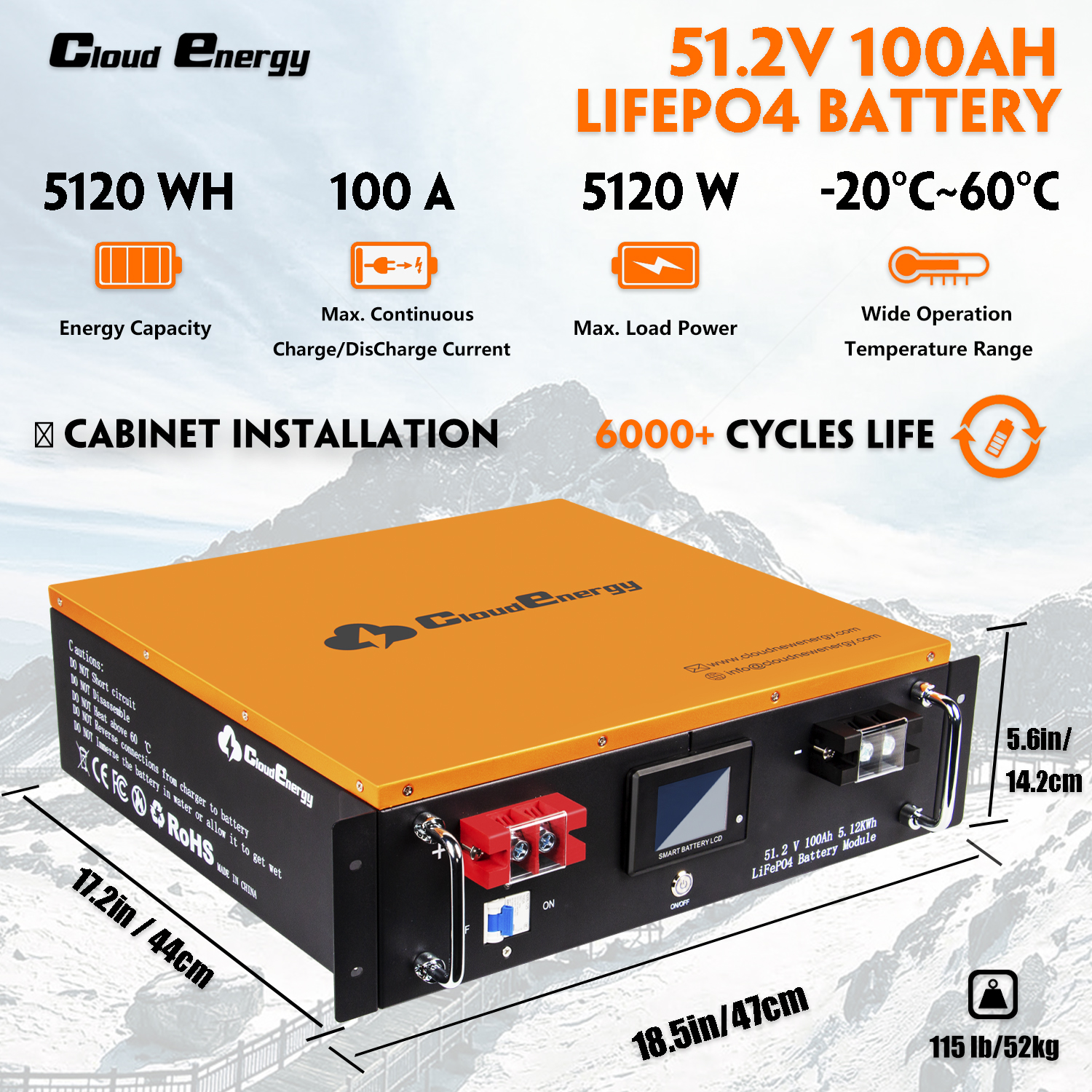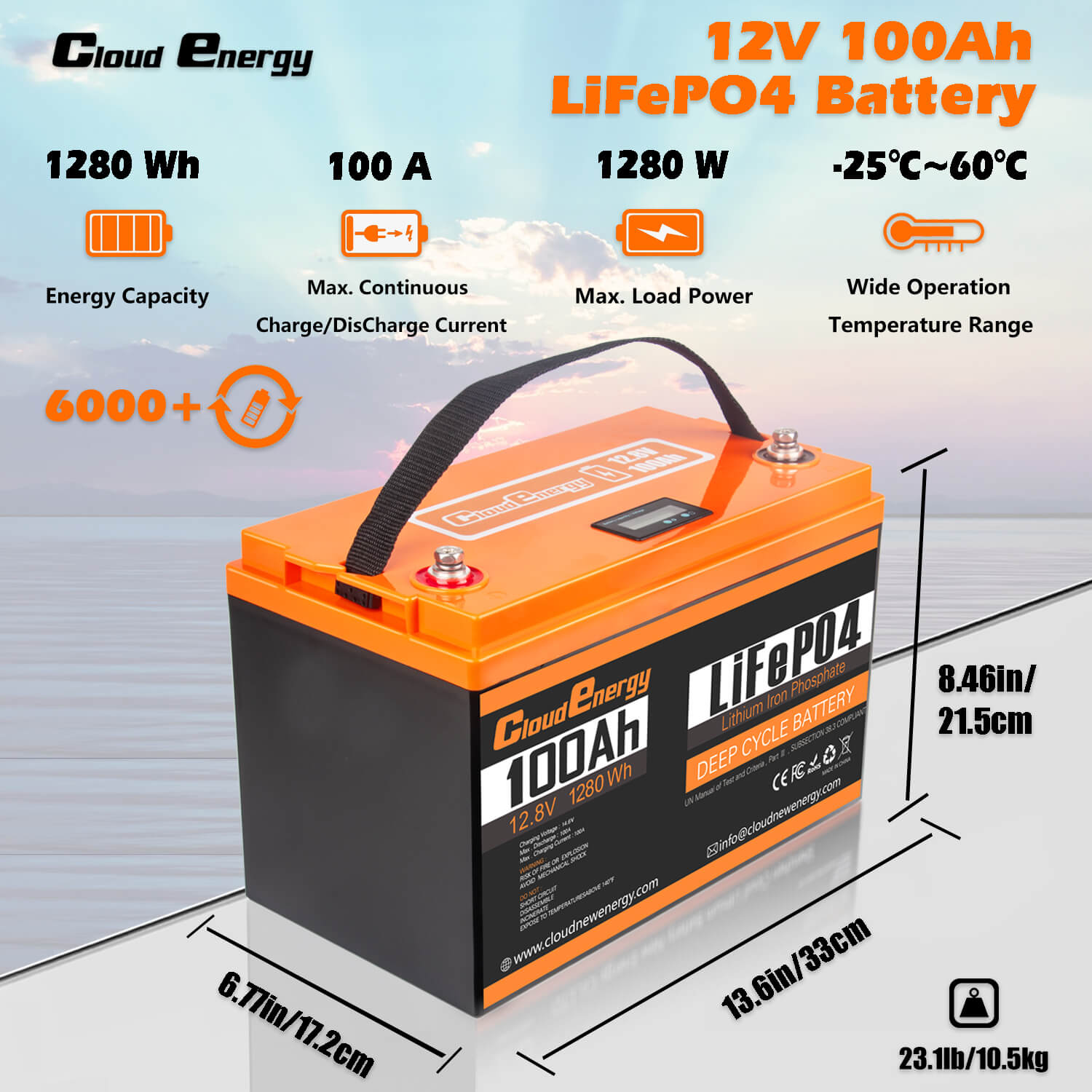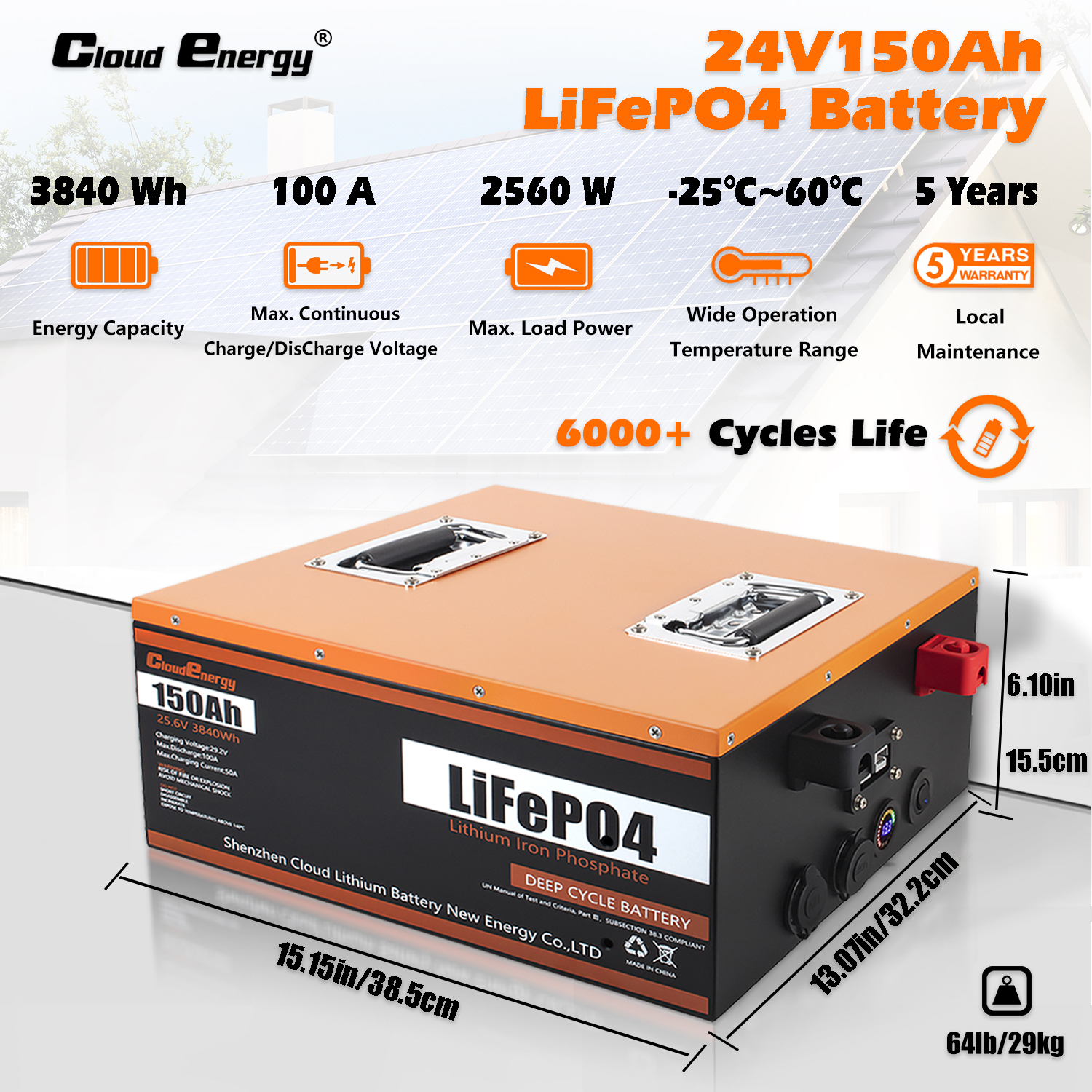Lithium batteries have become a cornerstone in modern energy storage solutions across a wide range of applications. From portable electronics to electric vehicles and renewable energy systems, their high energy density, long cycle life, and low self-discharge rates make them a preferred choice. One critical aspect of lithium batteries is their voltage rating, which can significantly affect their performance and suitability for different applications. In this article, we will explore the differences between 12V, 24V, 36V, and 48V lithium batteries and help you determine which one is best suited for your needs.
Lithium batteries work by moving lithium ions between the cathode and anode during charge and discharge cycles. This movement allows the battery to store and release energy efficiently, resulting in several advantages over traditional lead-acid batteries:
- Higher Energy Density: Lithium batteries can store more energy in a smaller, lighter package.
- Longer Cycle Life: They typically last much longer, with some models offering up to 5000 cycles.
- Low Self-Discharge: They retain their charge longer when not in use.
- Minimal Maintenance: Unlike lead-acid batteries, lithium batteries do not require regular maintenance.
Voltage is a crucial factor in battery operation, representing the electrical potential difference and determining the power output. Higher voltage batteries can deliver more power and are often more efficient in energy transfer.
12V lithium batteries are among the most common and are often used in smaller applications. They are affordable and widely accessible, making them ideal for:
- Portable Devices: Such as laptops and medical equipment.
- Small Backup Power Systems: Providing reliable power for short durations.
- Recreational Vehicles (RVs): Used for lighting and small appliances.
24V lithium batteries offer efficiency improvements over 12V batteries, making them suitable for medium-sized applications. They are often used in:
- Electric Bikes: Providing better performance and longer rides.
- Mid-Sized Solar Systems: Offering efficient energy storage and transfer.
- Power Tools: Delivering consistent power for longer durations.

36V and 48V Batteries
Higher voltage batteries, such as 36V and 48V, provide more power and efficiency. They are best suited for large-scale applications, including:
- Electric Vehicles (EVs): Offering higher power output for longer distances.
- Large Solar Systems: Enabling efficient energy storage and usage.
- Industrial Equipment: Powering heavy-duty machinery with consistent energy supply.
Higher voltage systems often exhibit better efficiency, reducing energy loss during transmission. This can lead to significant savings in energy costs over time.
Your application's power demands should guide your choice of battery voltage. Higher voltage batteries can handle more substantial power requirements, making them suitable for high-demand applications.
Cost and Accessibility
Consider the initial investment and the availability of each voltage option. While higher voltage batteries may have a higher upfront cost, they often provide better long-term value due to their efficiency and longevity.
Tailor your battery voltage choice to the specific needs of your project or application. For example:
- 12V batteries are suitable for small devices and short-term backup.
- 24V batteries are ideal for medium-sized applications like e-bikes and power tools.
- 36V and 48V batteries are best for large applications such as EVs and industrial equipment.
Understanding the key differences between 12V, 24V, 36V, and 48V lithium batteries is essential for selecting the right battery for your needs. Each voltage level offers unique benefits, from affordability and accessibility to higher power delivery and efficiency. When choosing a battery, consider factors such as system efficiency, power requirements, cost, and the specific application to find the best fit.
Recent advancements in lithium battery technology continue to improve their performance and versatility, making them an increasingly attractive option for various applications. By staying informed about these developments, you can make an educated decision and optimize your energy storage solutions.


